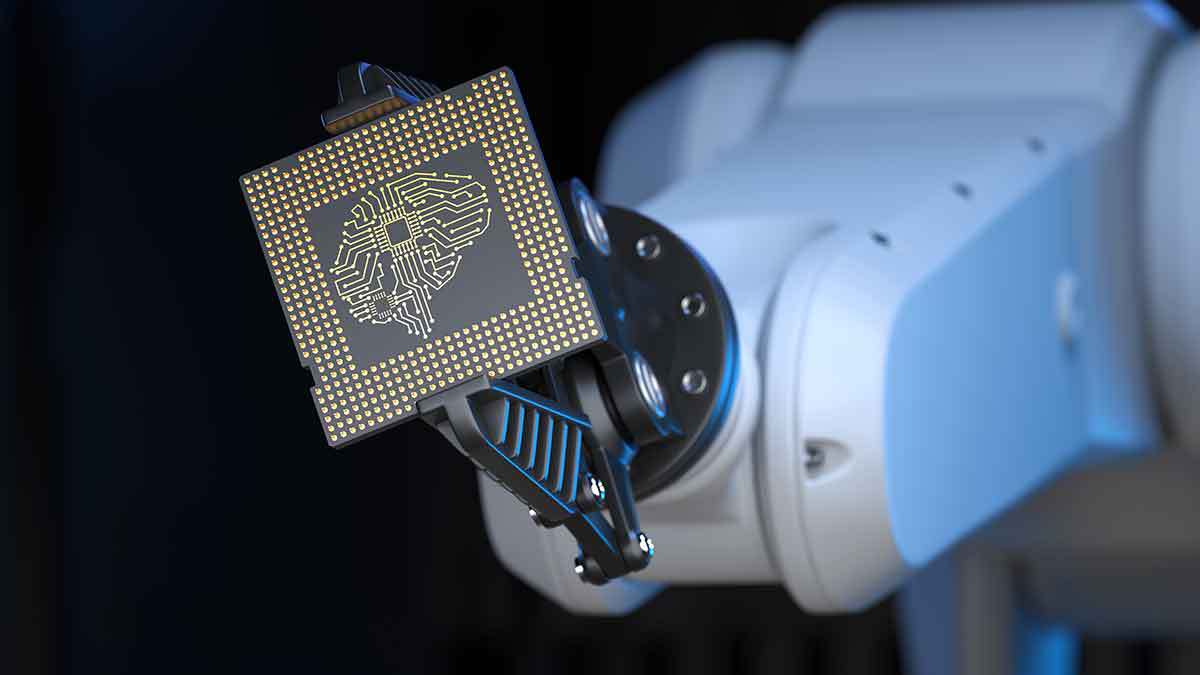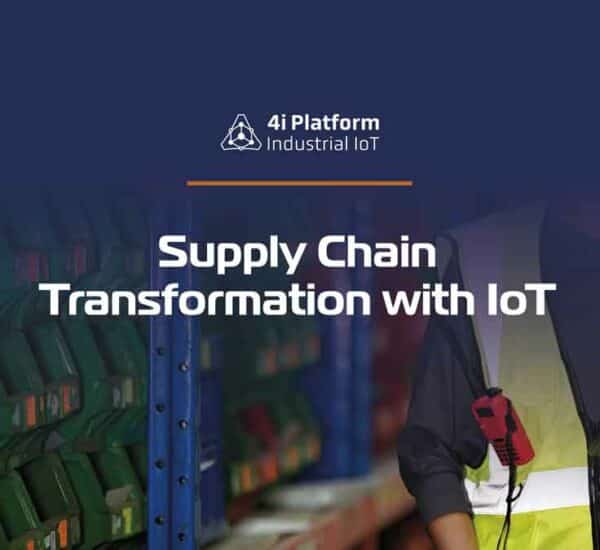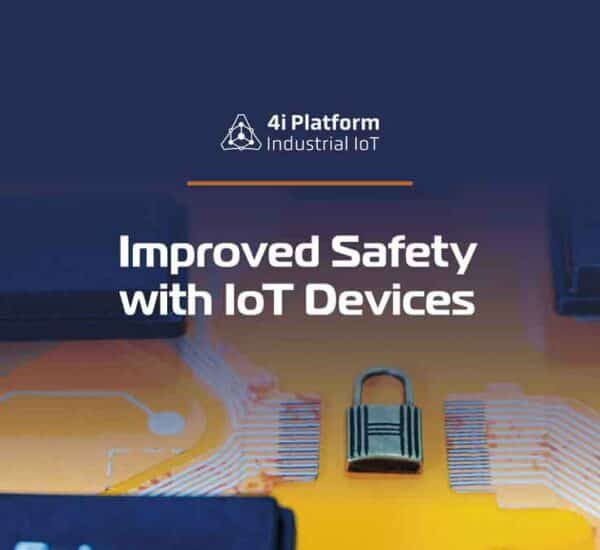From remote monitoring to predictive maintenance and data collecting, manufacturers have an extraordinary opportunity to benefit from IIoT solutions – especially if they act holistically.
The Internet-embedded technology is present in almost every part of our lives, including smart electric meters, security cameras, and personal health monitors. According to DataPro, there were more than 10 billion IoT devices connected to the Internet in 2021, and the IIoT market prediction for that yeas was $123.89 billion.
Sensor systems collect data that would otherwise be hard to combine or not have the same level of fidelity as in the real world. Manufacturers will see more IIoT benefits as these sensors become affordable or are packaged with new algorithms and new methods. This includes optimizing operations, preventive maintenance, safer work environments, and increasing profits.
Important Considerations for Implementing IIoT Solutions
It is important to test in small quantities first before scaling up when using IIoT technology in a manufacturing environment. Your learnings can be applied to every part of your business.
When implementing your own IIoT technology, you should think about each step in this roadmap.
Success criteria and investment planning
IIoT solutions’ returns on investment often take place over years, not weeks. Leaders and managers must establish early-stage success criteria to show value, keep employees motivated, and define what success looks like from an individual employee’s perspective. This is the process that one global leader in industrial equipment production put into action when it hired a company to create new revenue streams in eight weeks.
The discovery process included plant visits, one-on-one conversations, and demonstrations. It was focused not only on the internal outcomes, but also the needs of end users. The primary problem was the need for digitalized, fast solutions in an otherwise conventional industry. The next step was to create a use case that combined digitally forward and dual-client value propositions. The client would use sensors to figure out when customers need to swap parts, and then provide that service to them directly in the future.
Security
The potential for hackers to access machines connected to an external network is a significant risk. This is something many manufacturers do not realize, as IIoT networks attract hackers. 84% of industrial firms have at least one remotely accessible device. 57% don’t have any viable antivirus protections. It is important to plan for new investments on IIoT solutions from the beginning and to understand your company’s risk profile in order to protect the machine and data.
Some manufacturers have begun to hide their IoT devices behind network firewalls, preventing external access. While this provides some security, it also compromises the ability to remotely monitor, update, and monitor these devices. These tradeoffs can make detecting and mitigating a breach much more difficult, should an intruder break through the firewall. Better solutions would include hardening the transmission layer and components to ensure the maintenance of monitoring and updates protocols.
Business process and change management
While IIoT technology is a huge success, it can also bring about a variety of employee-related problems. Machines that include cameras can also be in violation of corporate policies and employee privacy expectations. It is also a good time for you to review any health and safety regulations that might impose data retention requirements in order to audit or comply with reviews.
Communication medium
You can connect to the Internet via a vast range of technologies, including cellular, Wi-Fi, and LoRa. Thorough research usually determines that will provide the right mix of power consumption, signal reliability, adequate bandwidth, and platform viability to warrant investment–something a strong partner can help analyze. Be flexible. The solution might be diverse and adaptable as your business expands.
Edge versus Cloud computing
As IIoT solutions generate more data, and the cost and performance of edge computing increase, the IIoT industry is going to be processing the data at the edges and not just pushing it to its IIoT system. This will result in cleaner data, faster analysis and response times, and optimized bandwidth usage. Edge computing has its downsides. It can lead to increased system complexity and the loss of the ability to analyze raw data sets.
Data silos
A handful of organizations have some form of internal data siloing. Nonetheless, careful planning can help to avoid new silos when adding IIoT solutions. To avoid siloing and preserve long-term value, standardize formatting, storage, and processing of your IIoT data. Your current workforce will not be the only ones using the data. Future employees will also need to rely on the accuracy of the data when making business decisions.
Retrofitting legacy machinery
Due to the 30-to-40-year life of production equipment, your company will likely need to plan to retrofit legacy machines. This will ensure that work does not get not lost in dark areas and that visibility is maintained. You can integrate sensors and other third-party technologies with an extensive range of equipment.
The proper mix of partner and plan in IIoT solutions can assist your manufacturing company by being more flexible and better prepared for competition, avoid problems, and grow in the future as a result.





